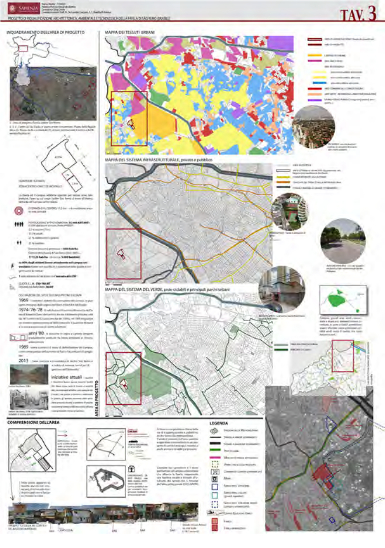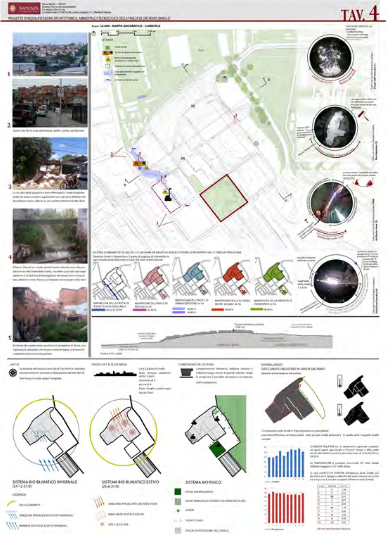Requalification of the favela Sao Remo
Master thesis and some food for thought

view of Sao Remo |
Developing an effective methodology
What is now widely perceived is that any project, in favelas but not only, to get started needs the help of the inhabitans. They know what is needed and they are those who are going to benefit of interventions. They can not anymore just be consulted at the end of the design phase.
There is already a quite extensive archive of system of analysis and studies where the inhabitants' needs were taken as fundamental part of the project from the start.
Different are the methods but the aim is the same and has turned clear that if a project doesn't answer to the needs, what has been done turns fruitless after a few years: the phase of post intervention often proves that, spaces opened purposeless are occupied back.
In the analysis phase I've put togheter a more technical approach to a first hand, more human, method. The second has as reference the works done by Jan Gehl in many cities around the world and has to be implemented with more structured interviews, essential is to lead many field visit and know the different realities of the place.
This could be the role of architects and urban planners: partecipate, give theoretical contributions and put togheter what is adviced from the inhabitants. Architecture comes at last to support and be an element working as landmark to activate good practices.

view of Sao Remo |
LINGUAGEM DO MORROmorro=hill, in portuguese is used as a synonim for favela, because that was the place where the first favelas were built in Rio de Janeiro
Tudo lá no morro é diferente |
In Sustainable Living Urban Model Lab published in 2010 was possible to read that Today more than a billion people live in slums on the fringes, economic, social and political of the world's mega cities, therefore I've decided to focus my final work on a practical research where architecture assumes a new social role.

Architecture is a tool to improve lives and environment where people live, therefore facing directly an informal and needly situation helps everybody to understand one's priorities and values, in order to give to everybody the possibility to develope in a fair, sustainable, social and ecological way.


